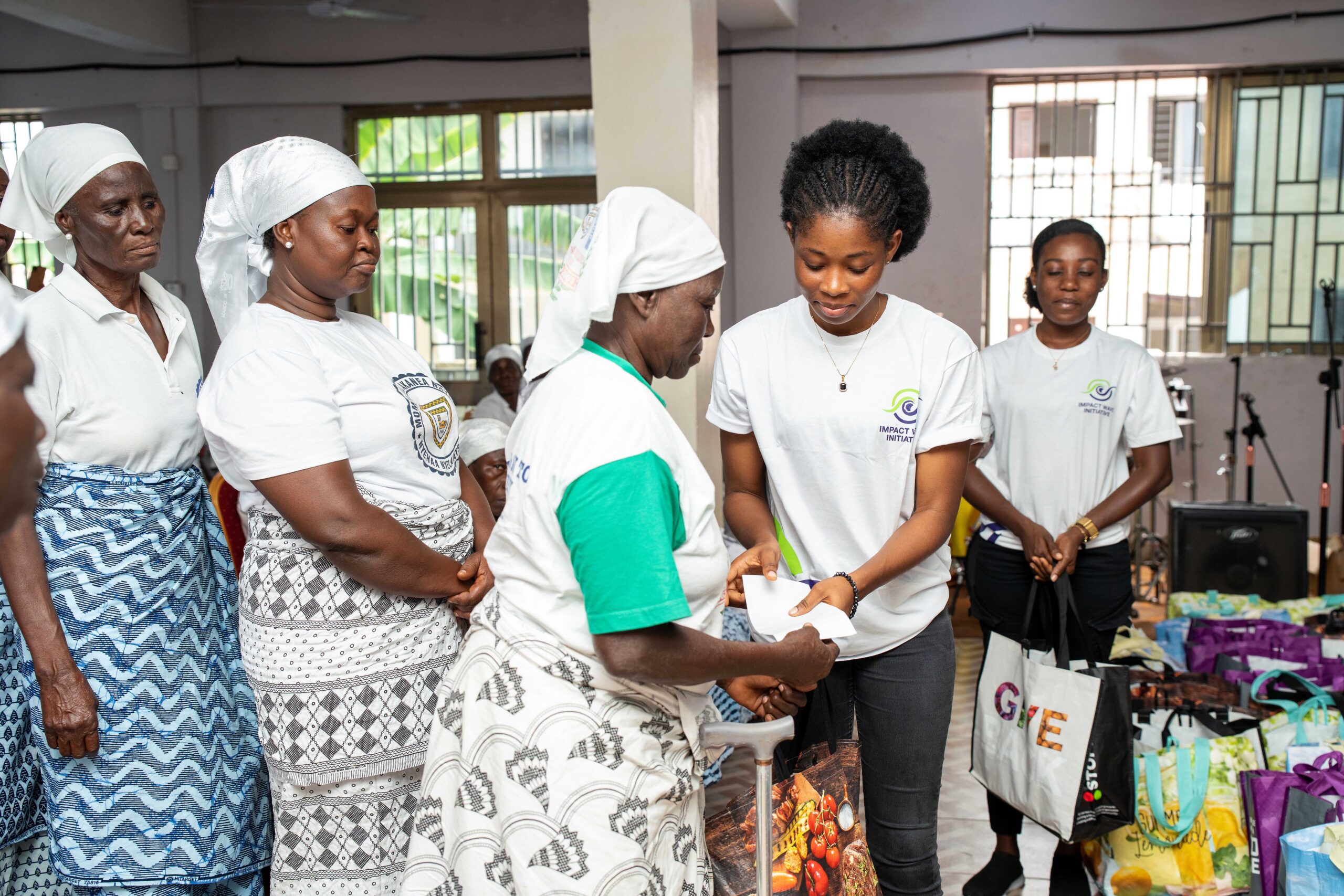Partnership Programs
IWI partners with NGOs to reach and support more communities....
IWI partners with NGOs to reach and support more communities....
IWI supports underprivileged communities through its annual feeding project....
IWI empowers youth through education and impactful annual conferences....
Mentorship offers career and life guidance from dedicated mentors....


Our vision is to inspire ...
Empower today’s young w...
Founded in 2021, Impact Wave Initiative (IWI) is a nonprofit organization headquartered in the U.S.A. with a strong presence in Accra, Ghana. We are dedicated to empowering young women through mentors...
Read MoreOur trusted partners whose vision aligns with ours.
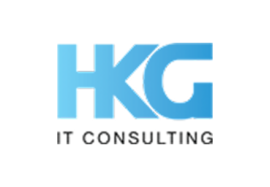




You can now register for the IWI 2026 Mentorship Program.
You can now Sign Up for the IWI Conference 2026.
Donate to support organisation mission and future goals.
Reach out to us for more information or further clarification.
ABOUT IWI
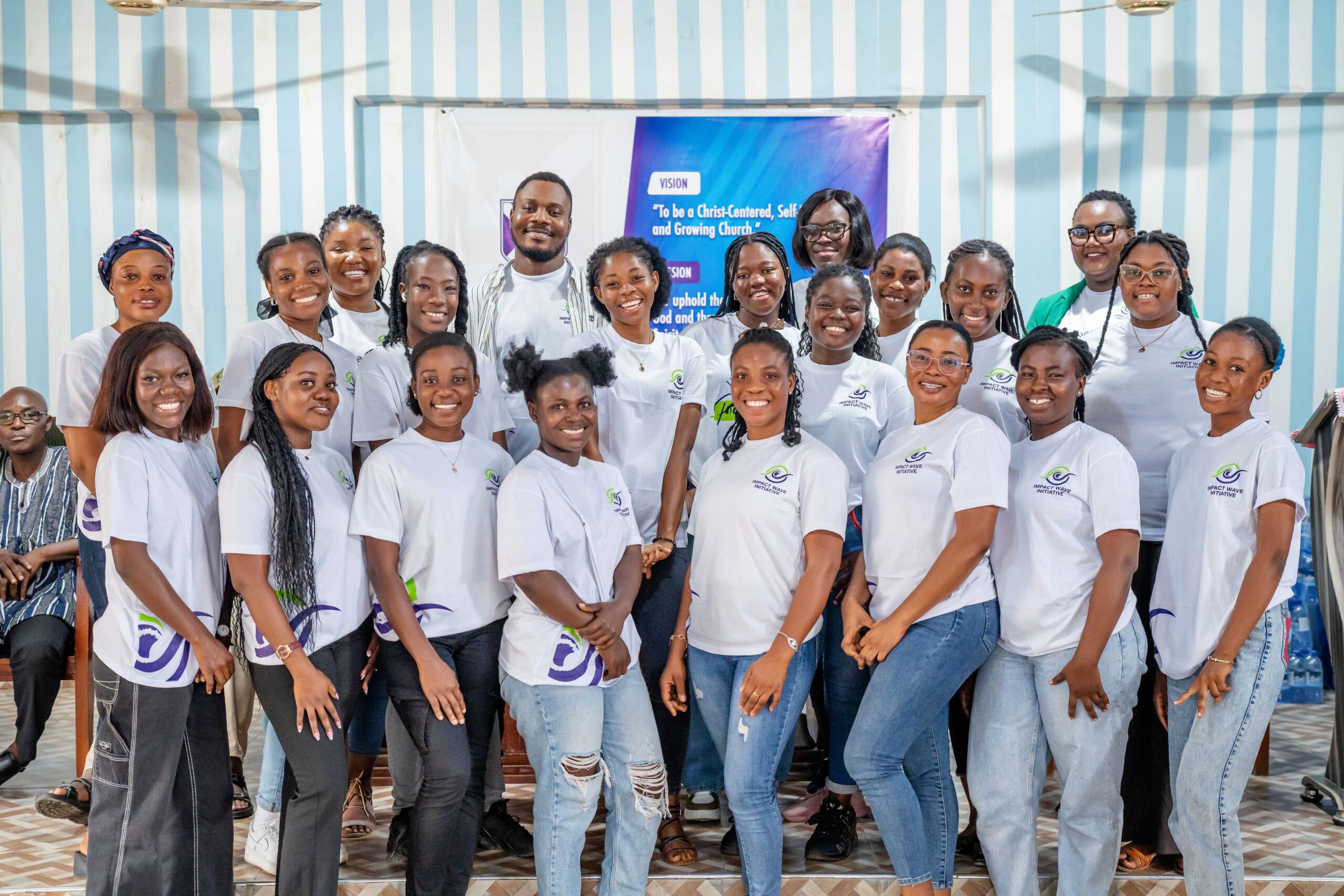
Founded in 2021, Impact Wave Initiative (IWI) is a nonprofit organizat

Every orgnisation that succeed over time has dedicated team.

Dr. Golloh is the founder and the president of IWI
07
IWI has made an impact in seven different African countries.
15+
Fifteen events and programs have been successfully completed.
40+
Forty mentees have been trained and successfully impacted.
500+
IWI has fed more than 500 underprivileged individuals in these countries.
97%
Ninety percent of our loyal beneficiaries are satisfied with our services.
IWI empowers youth through education and impactful annual conferences.
IWI supports underprivileged communities through its annual feeding project.
IWI partners with NGOs to reach and support more communities.
Mentorship offers career and life guidance from dedicated mentors.
READ OUR BLOG
Impact Wave Initiative has been in the news in recent weeks for the incredible work it has done.

Impact Wave Initiative’s 2025 Global Virtual Conference, Unleashing the Power in You 2.0, brought together participants worldwide for a transformative experience of mentorship, empowerment, and connection, leaving attendees inspired with renewed confidence and purpose.
2025-11-15 21:10:00
Read More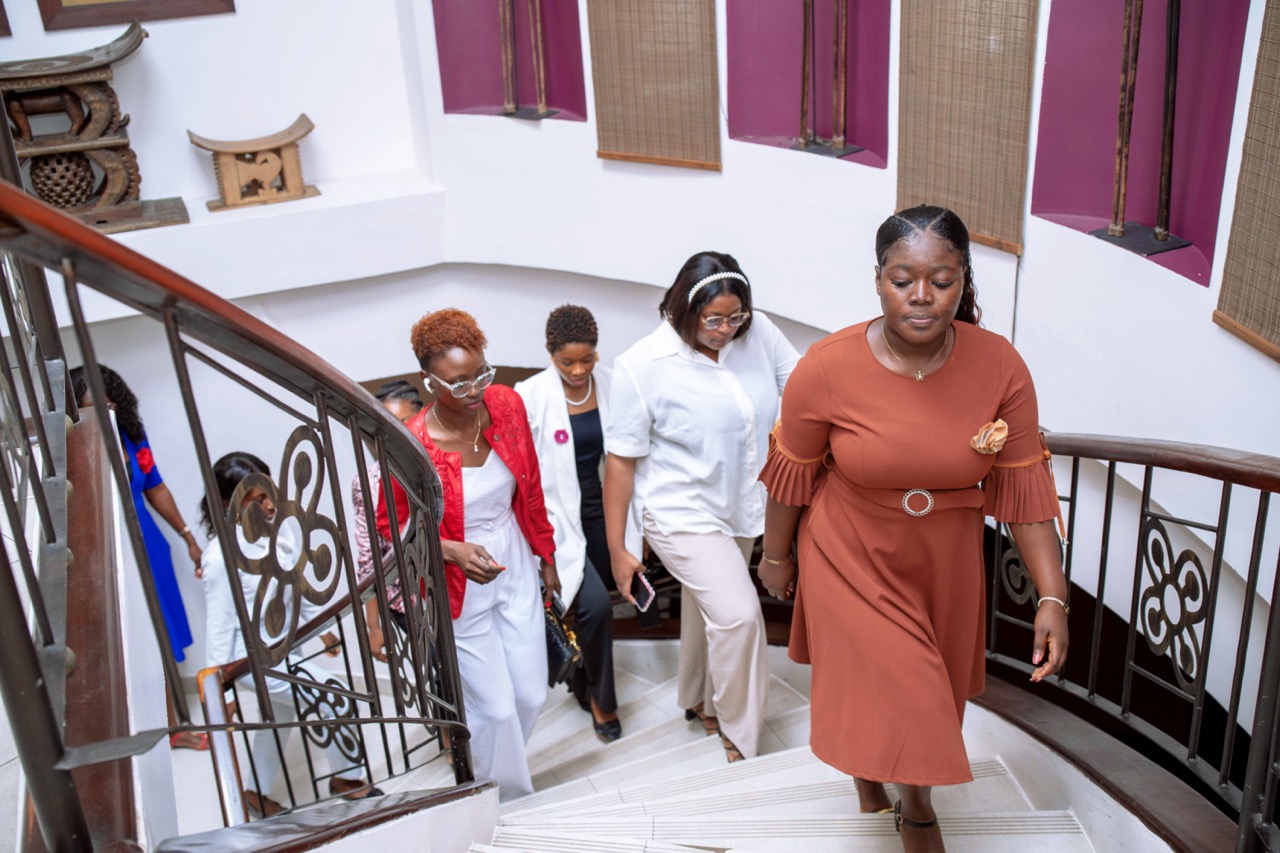
This International Women’s Day reminds us that true gender equality requires action. By breaking barriers in innovation, technology, and cybersecurity, we can empower women, close the gender gap, and build an inclusive future.
2025-11-15 21:09:00
Read More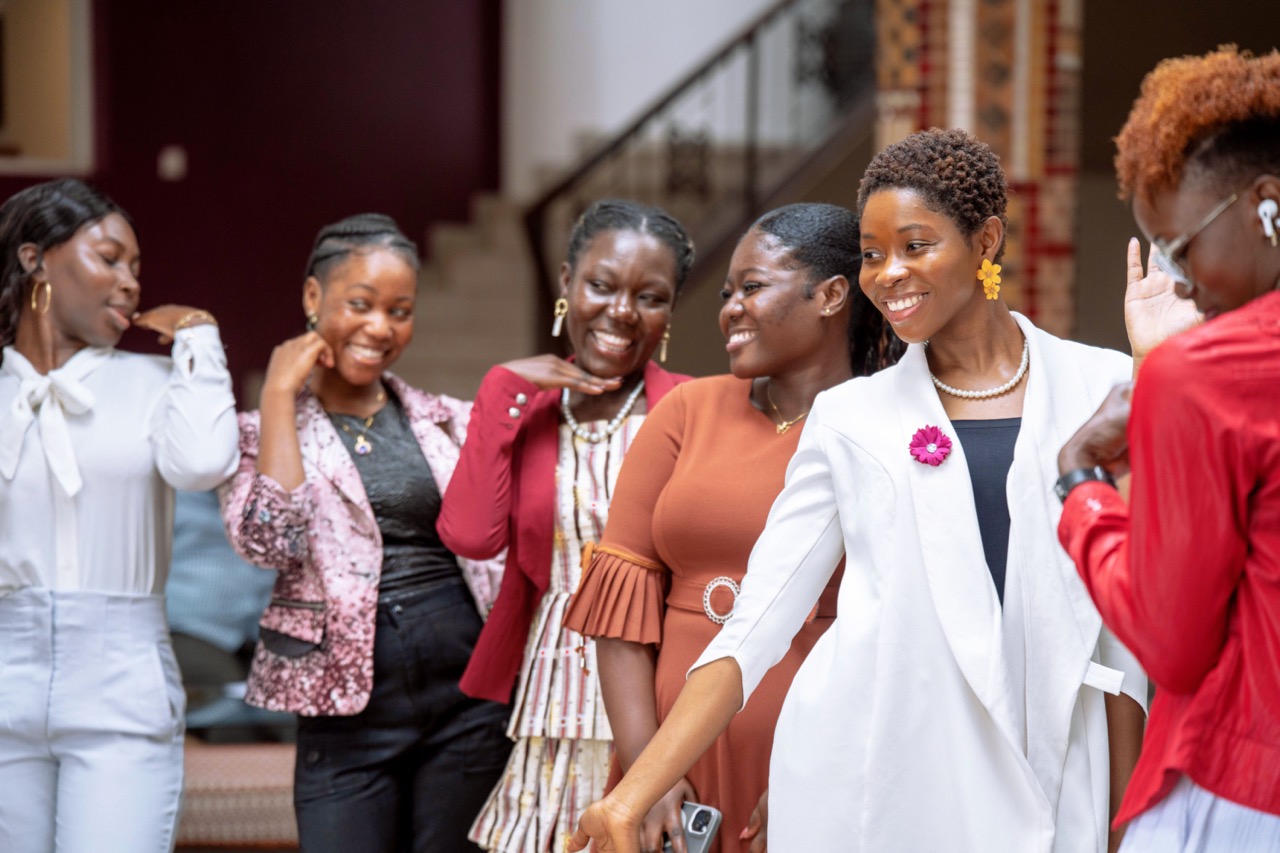
The Impact Wave Conference 2024, held at the British Council in Accra, inspired African youth to ‘Unleash the Power Within.’ Founder Eunice Golloh and distinguished speakers encouraged participants to overcome fears, embrace confidence, and build purposeful lives.
2025-11-15 21:08:00
Read MoreExplore our latest events and programs as we unfold the details. Register for the ones you're most interested in.
TESTIMONIAL
OUR SHOP
Everything you need, all in one place. The IWI Shop offers a wide range of items for your IWI events and personal use.
Shop Now!FAQs
Trusted more than 100+ Users
To become an IWI mentor, you must have a bachelor's degree or above, be dedicated and ready to be mentored, and agree to abide by the IWI code of conduct. Register for our next mentorship program at www.iiwave.org/mentors/ or contact us at info@iiwave.org or support@iiwave.org
Our team is made up of dedicated volunteers and IWI supporters. To be a part of our fantastic team, you must have the qualities specified. You must document and express your intent to the team. You can also contact the IWI support team at info@iiwave.org or support@iiwave.org for information on how to join us.
The IWI Annual 2024 Conference is up next. The IWI Mentorship Programme for 2024, as well as the School Tour Talk Campaign 2023. Registration for our upcoming programs is available at www.iiwave.org/upcoming-events/ and www.iiwave.org/mentors/
On the "all events" page, all past events are listed with dates in the titles. You may also view photos and videos from prior events at www.iiwave.org/gallery-2/ More videos can be seen on our YouTube channel, www.youtube.com/@impactwaveinitiative
To get started with IWI in your nation, please contact our support team at info@iiwave.org or support@iiwave.org, or become an IWI mentee through our mentorship program.
To register for the IWI Annual Conference, go to www.iiwave.org and click on "all events" from the top menu. On the "all events" page, search for the IWI conference 2024 or choose it from the event categories. Click the "Book Ticket" button to register or book for the IWI annual conference 2024. You can reach our support team on support@iiwave.org or info@iiwave.org for assistance.
To support our projects as a volunteer or by making a donation, please visit www.iiwave.org/support-us/ For volunteer assistance, please contact our team at info@iiwave.org, support@iiwave.org and volunteer@iiwave.org. You can also contribute by purchasing products from our shop at www.shop.iiwave.org/.
To be part of the IWI Mentorship Programme, you must apply for the programme, upon selection, you will be notified and the necessary details will be shared via your email you provided during the application process.
IWI has successfully completed a number of projects since its inception, including the IWI 2022 annual conference, Giving Back to Society, and the Feed the Street Children Campaign 2023, which took place in six different African countries. Among other things, the IWI Mentorship 2023 program. Visit www.iiwave.org/gallery-2/ to see footage from earlier projects.
Yes, Impact Wave Initiative partners with other organisations whose vision clearly aligned with IWI.
At Impact Wave Initiative, we believe everyone deserves care, dignity, and hope. Through our feeding and shelter programs, we reach vulnerable communities, offering safety, and the support they need to rebuild their lives and thrive.

